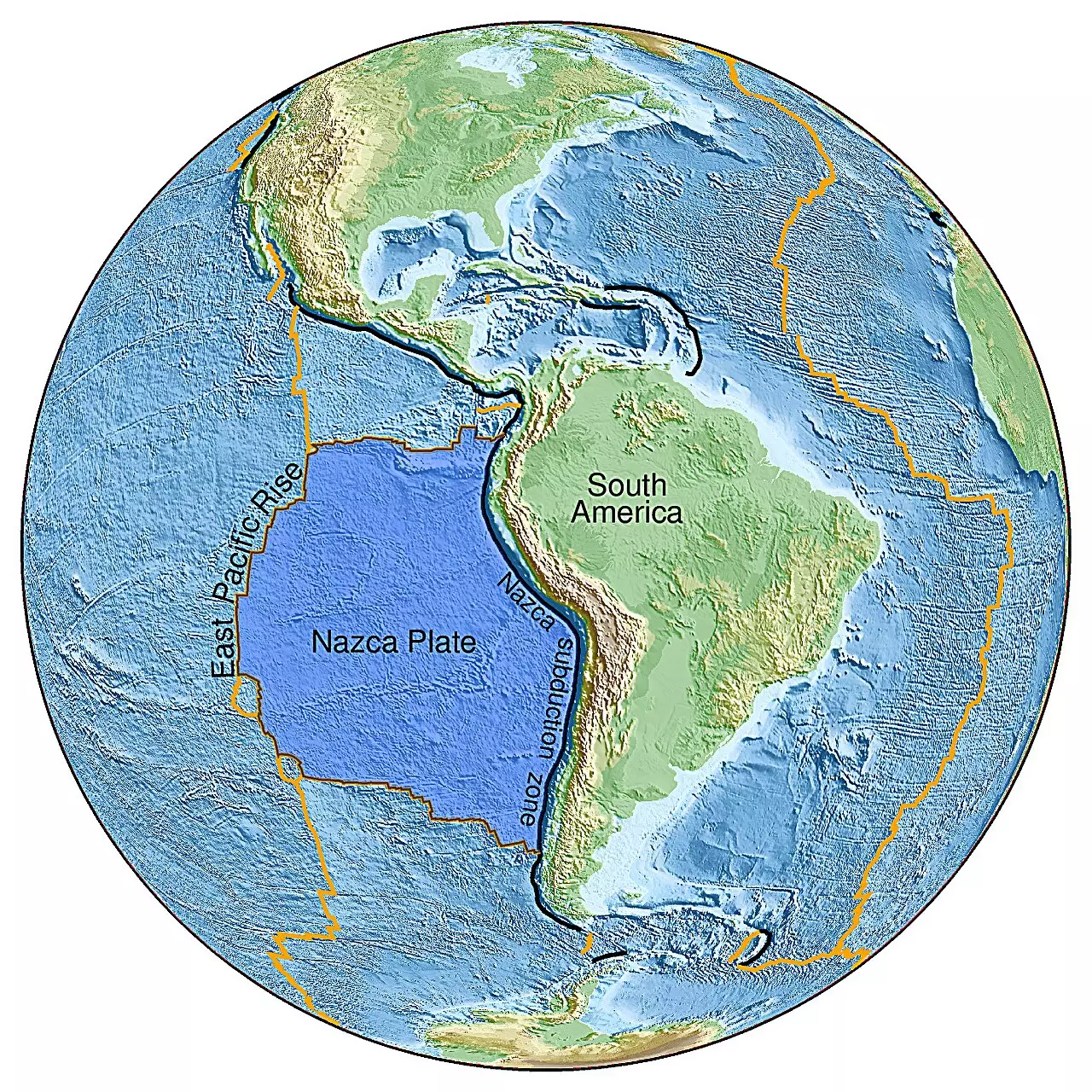Recent exploration spearheaded by scientists from the University of Maryland has opened new horizons into our understanding of Earth’s structure and history. This groundbreaking research, published in the journal **Science Advances**, presents compelling evidence of a subsided patch of ancient seafloor residing deep within the Earth, dating back to the age of the dinosaurs. The implications of these findings challenge the prevailing theories about the dynamics of Earth’s interior and offer a fresh lens through which to examine our planet’s geological evolution.
Shifting Paradigms in Geology
For decades, geologists have utilized surface examinations of rock samples and sediments to infer the processes and mechanisms underlying tectonic activity. However, the latest research by a team led by postdoctoral researcher Jingchuan Wang has transcended these conventional methods. By employing advanced seismic imaging technology, they were able to probe beneath tectonic plates, revealing the complex interplay that occurs far beneath the ocean floor. This innovative approach is akin to giving Earth a CT scan, allowing scientists to visualize structures buried deep within the mantle.
The East Pacific Rise, a prominent tectonic plate boundary, served as the study area for this research. Here, the team discovered an unusually thick segment within the mantle transition zone—a critical region situated between 410 and 660 kilometers below the Earth’s surface. This area is significant as it marks the boundary between the upper and lower mantles, and its thickness suggests deeper insights into the Earth’s geodynamics.
Subduction, the process by which one tectonic plate descends beneath another, is pivotal in the recycling of surface materials into the Earth’s mantle. The discoveries stemming from the study indicated that material may be sinking through the transition zone at a considerably slower rate than previously estimated. This unexpected finding hints at a potential obstacle within the mantle that could significantly delay the movement of these oceanic slabs.
According to Wang, the thickened area uncovered by his team provides a unique glimpse into ancient geological processes, likening it to a “fossilized fingerprint” of seafloor that sank into the Earth roughly 250 million years ago. The data gathered suggests a relationship between the observed structures and surface geological phenomena, offering a tangible link to historical events that have shaped our planet’s surface over millennia.
The research highlights the intricate relationship between the dynamics of the deep Earth and surface geology. The massive region known as the Pacific Large Low Shear Velocity Province (LLSVP)—a considerable feature of the lower mantle—was also scrutinized within this context, with the presence of the ancient slab potentially splitting the region. Such information grounds theories about the ways deep mantle structures can affect seismic and volcanic activity experienced at the Earth’s surface.
Wang remarked that the find offers profound implications for understanding how geological features shape one another across vast spatiotemporal contexts. This interplay may be vital in explaining why certain surface phenomena, like volcanoes and earthquakes, occur in specific locations around the planet.
With this initial breakthrough, Wang’s team is now poised to expand its research into other regions of the Pacific Ocean and even further afield. The ultimate goal is to cultivate a more comprehensive understanding of ancient subduction processes and their ramifications on both deep Earth structures and surface landscapes. As they continue to analyze seismic data, Wang and his colleagues hope to uncover additional ancient features, revealing hidden facets of Earth’s geological narrative.
The team’s findings not only enhance our comprehension of tectonic plate movements but also raise intriguing questions about the long-term effects of these processes on global geological features. There exists a rich repository of knowledge deep within the Earth still waiting to be unearthed, and the team is committed to illuminating these mysteries for future generations of geologists.
The recent revelations made by the University of Maryland scientists have ushered in a new era in the field of geology. The intersection between deep Earth mechanics and surface phenomena has never been clearer, as our understanding of past tectonic behavior grows more intricate. This research serves as both a significant contribution to Earth science and a clarion call to continue probing the enigmatic depths of our planet. As we gain new insights into Earth’s ancient structures, we not only further our scientific knowledge but also deepen our appreciation for the dynamic planet we inhabit.


Leave a Reply